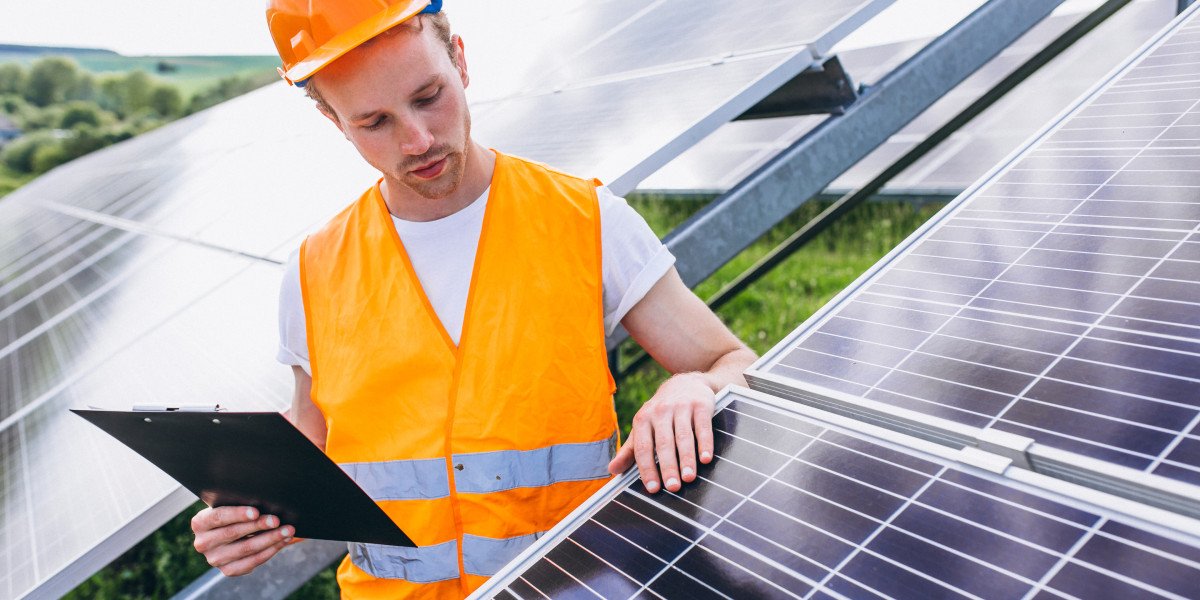Solar energy is increasingly becoming a viable power generation option in Pakistan, given the country's abundant sunlight and growing energy demands. The solar system installation in Pakistan involves several key steps to ensure efficiency and effectiveness. Below is a detailed guide outlining each stage, from initial planning to system activation.
Preliminary Planning
- Assessing Energy Needs : Start by evaluating your energy consumption. Review past utility bills to understand your electricity usage and identify peak periods, which will help in determining the right size for your solar system.
- Site Evaluation : Conduct a thorough site assessment to ensure your property is suitable for solar energy. Consider factors like roof orientation, potential shading, and the roof's structural integrity. The ideal installation spot should receive maximum sunlight throughout the day.
- Understanding Solar Technology : Learn about the different types of solar technologies, such as photovoltaic (PV) panels and solar thermal systems. PV panels are the most commonly used in Pakistan, converting sunlight directly into electricity.
Feasibility Study and Financial Planning
- Conducting a Feasibility Study : Evaluate the technical and economic feasibility of the solar system. This includes analyzing potential energy generation, installation costs, expected savings, and return on investment. Consider available government incentives, rebates, and subsidies.
- Budgeting and Financial Planning : Establish a budget covering all aspects of the installation, including equipment, labor, permits, and grid connection fees. Explore financing options such as loans, leasing, or power purchase agreements to manage upfront costs. Account for long-term savings on electricity bills when planning your budget.
System Design and Permits
- Designing the Solar System : Develop a detailed design for your solar system, selecting the type and number of panels, inverters, and additional components like batteries. Ensure the design maximizes energy production and efficiency, considering factors like panel tilt and orientation.
- Obtaining Permits : Secure the necessary permits and approvals from local authorities and the relevant electricity distribution company. In Pakistan, the Alternative Energy Development Board (AEDB) may also be involved in ensuring compliance with national regulations.
Equipment Procurement
- Selecting Quality Equipment : Choose high-quality solar equipment from reputable suppliers. Key components include solar panels, inverters, batteries (if applicable), and mounting structures. Ensure the equipment meets industry standards and comes with appropriate warranties.
- Comparing Suppliers : Obtain quotes from multiple suppliers to ensure competitive pricing. Assess the reliability and reputation of suppliers, as well as their after-sales support and services.
Installation Process
- Preparing the Site : Ensure the installation site is clean and accessible. For roof installations, confirm that the roof structure can support the weight of the solar panels and mounting hardware.
- Mounting Solar Panels : Install the mounting structures, which can be roof-mounted or ground-mounted, depending on your site. Securely attach the solar panels, ensuring proper alignment and maximum sunlight exposure.
- Electrical Connections : Connect the solar panels to the inverter, which converts the generated DC into AC for use in your electrical system. If using a battery storage system, connect it to the inverter. Ensure all electrical connections comply with local codes.
- System Integration : Integrate the solar system with your existing electrical setup, connecting the inverter to your home's electrical panel or the grid. Ensure all connections are secure for optimal performance.
Testing and Commissioning
- System Testing : Conduct tests to ensure the solar system is functioning correctly. This includes verifying electrical connections, checking panel performance, and confirming inverter operation.
- Performance Monitoring : Set up monitoring systems to track the system's efficiency and output in real-time, allowing for timely maintenance and optimal performance.
- Final Commissioning : Obtain final approvals from local authorities and utility companies, which may involve inspections. Once approved, your system is officially connected and ready for use.
Maintenance and Support
- Routine Maintenance : Regular maintenance, such as cleaning panels and inspecting connections, is vital to keep the system in optimal working condition and extend its lifespan.
- Troubleshooting : In case of any issues, promptly troubleshoot by checking panels, the inverter, and electrical connections to minimize downtime.
- Customer Support : Engage with your solar provider for ongoing support, including operational guidance, troubleshooting, and warranty claims.
Benefits of Solar System Installation in Pakistan
- Cost Savings : Solar installation can significantly reduce electricity bills by allowing you to generate your own power, decreasing reliance on the grid.
- Environmental Impact : Solar energy is a clean, renewable power source, reducing carbon emissions and contributing to environmental sustainability.
- Energy Independence : A solar system increases energy independence, particularly beneficial in Pakistan, where energy supply can be unstable.
Challenges and Considerations
- Initial Costs : High upfront costs can be a barrier, but financing options, incentives, and long-term savings can mitigate this challenge.
- Technical Expertise : Proper installation by qualified professionals is crucial for system efficiency and longevity.
- Regulatory Compliance : Navigating regulatory requirements can be complex, so it's important to stay informed to avoid delays and ensure smooth installation.
Conclusion Installing a solar system in Pakistan involves several crucial steps, from planning and site evaluation to final commissioning and maintenance. Understanding these steps ensures a successful installation, maximizing the benefits of solar energy, such as cost savings, environmental benefits, and energy independence.








